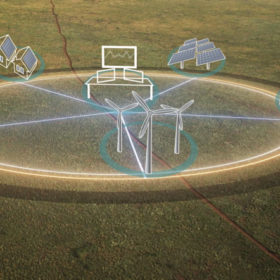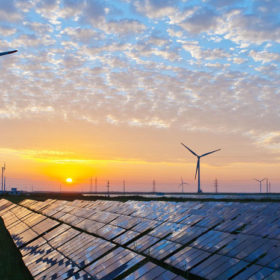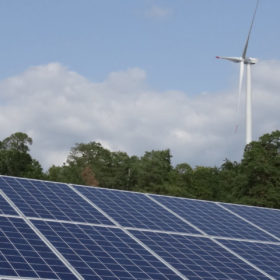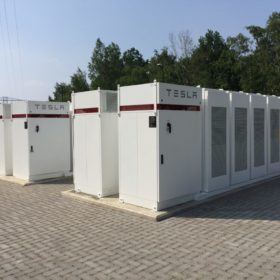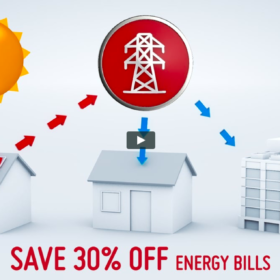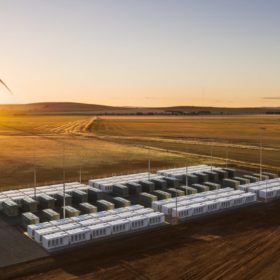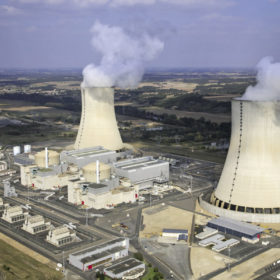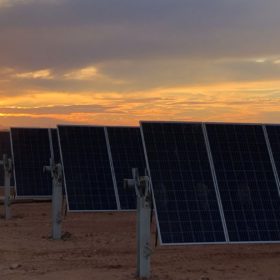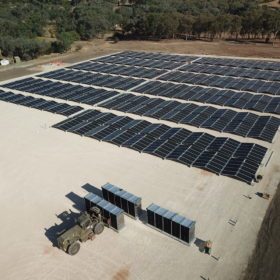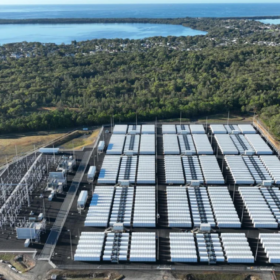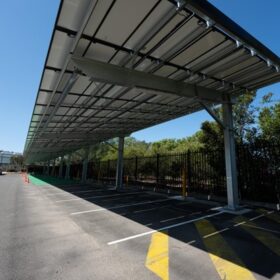AEMO opens registrations for participation in VPP demonstration program
The program will test the potential of distributed energy resources, such as rooftop solar systems, battery storage and controllable load devices, aggregated into virtual power plants (VPPs), to provide scalable energy and network services traditionally performed by large-scale, conventional electricity generators. With registration open, the Australian Energy Market Operator wants VPPs to register to accelerate the shared learning on how to safely and efficiently integrate, operate and regulate these emerging technologies into the National Electricity Market.
Solar drives renewable energy share up above 30% in winter
Even though it is winter, solar capacity is now sufficiently large that it drove renewable energy’s share of the electricity market up above 30% in the middle of the day for 20 out of 30 days of June, finds Green Energy Markets.
Australia’s green bank to sharpen focus on storage following record investment in renewables
After it deployed a record $1.3 billion into the clean energy sector in a 12-month period, the Clean Energy Finance Corporation said it will sharpen its focus on energy storage and other technologies to support the stability of the national grid.
Megapack marks Tesla’s new play for utility scale storage
The Palo Alto company says it has improved its large scale battery offering with the new product in the wake of the success of its Powerpack-driven big battery in Australia. The Megapack can be deployed at a 250 MW/1 GWh clean energy plant four times faster than a fossil fuel alternative, claimed the business in a blogpost.
19 plans to advance hydrogen show momentum is building across the globe
A report released by the Future Fuels CRC (FFCRC) details the work of 19 separate hydrogen roadmaps from around the world, showing the focus and drive towards a hydrogen future. While in sync in terms of forecasts suggesting large scale and rapid deployment of hydrogen technologies is expected from around 2030 onwards, the roadmaps seem to have been developed in isolation from one another, the report finds.
South Australia’s Tesla virtual power plant powers ahead, delivering cheaper energy
South Australia’s virtual power plant is nearing the potential Phase 3, which could see 50,000 homes connected becoming the equivalent of a 250 MW network of decentralized power generating units.
New renewable energy planning policies for South Australia proposed
As it transitions from a wind-dominated renewable energy mix to include a wider range of energy options such as large-scale PV, pumped hydro and battery storage projects, South Australia is considering new planning policies.
Nuclear: A poor investment strategy for clean energy
Study claims that investment in a new 1GW nuclear power plant leads to average losses of approximately 4.8 billion euros. It further argues that the technology’s dangerous radioactivity emissions and proliferation risks do not qualify it as a ‘clean’ energy solution to be considered for addressing climate change. Yet still, governments are incorporating the technology into clean energy plans around the world.
Green light for more big PV as South Australia’s wind and solar pipeline swells to 10 GW
With the approval for a 176 MW solar farm and 66 MW battery storage facility near Murray Bridge, South Australia’s utility-scale wind and solar pipeline has reached some 10 GW.
Australia-Singapore power link, world’s biggest solar+storage project get government backing
The Northern Territory has given major project status to an ambitious plan to develop a 10 GW solar farm coupled with a 20-30 GWh storage facility near Tennant Creek and export solar power harvested in the Australian desert to Singapore via subsea cables.
